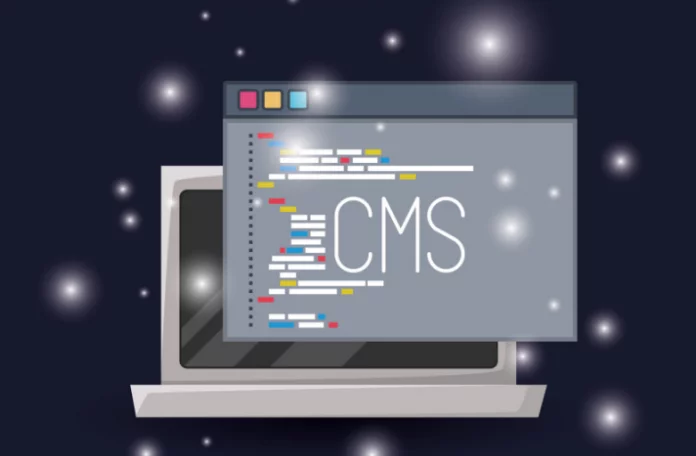The content management systems have seen a rapid change over a period of time. From the time when HTML pages were being built to the point where pages are being built upon CMS for a more personalized experience.
Web-based CMS systems started developing in the 2000s with some open-source CMS like WordPress, Joomla, Drupal, and others.
These CMS platforms basically observed its inception to assist people with a non-technical background so that they could also develop websites and make use of the customization settings.
As of now, there are many good web content management systems (CMS) present in the market. Each CMS has some of the other specialties, like how to store content or how to structure it.
It also uses a database to store the data of a website, be it metadata, images, or any other information.
- Designing and organizing a website to provide relevant and latest content.
- Controlling and preparing content to be published on a website.
- Managing the basic outlook of the site.
A Web CMS architecture is basically of two types:
- Coupled Web CMS Architecture
- Decoupled Web CMS Architecture
A coupled web CMS architecture is also known as a traditional CMS. It is the most popular and widely used type of CMS around the world.
Leading CMS platforms like Joomla, Drupal, and WordPress are based on this CMS architecture only. In this type of architecture, the front-end functionality is coupled with back-end codes and an administrative panel.
This is good for the end user because when a developer and content manager are working on the back end, the end user can use the website and view the site at the same time.
A coupled CMS requires less investment as a part of its infrastructure as a user needs to host itself. It is ideal for a company that has a single site because such CMS is easier to manage.
A decoupled web CMS architecture uses an API to connect the back-end and front-end of the content management system.
When a user or a developer creates the content in the back-end, decoupled CMS uses an API to deliver it to the front-end.
Decoupled CMS can deliver content across various platforms at the same time.
A company that is looking for a multi-channel project should prefer a decoupled CMS architecture as it will help them deliver content across apps, websites, and other devices seamlessly.
Also, if your CMS has a software update, the website will not get hampered with that update which enables the front-end users to carry out their work without any hassle.
A company chooses a CMS that has a good user experience and a variety of features, but it is mainly to look as to which kind of CMS is made for you.
For this, you need to consult not just your board of directors or your IT team but also need to ask the content managers and other marketing experts who are there and will use the CMS tool for your company.
So once you have consulted all the related departments of your organization, you now need to assess what are your needs.
Are you looking for more customization features and ready to invest heavily? Are you looking to target your customers on various devices?
All these questions need to be answered while assessing your need for a CMS.
Study your competitors and know what type of CMS they are using to target their customers.
A lead generation company will have a different kind of website hosted on a different CMS platform than a retail company. So you need to focus on the platform aspect of the CMS while choosing it.
If you want your website to be web-accessible, you can opt for a coupled web CMS, and if you want your website to work seamlessly on every device, you can opt for a decoupled web CMS.
Providing training to the users: Running a CMS requires proper training. The level of training needed depends upon how much workload a user will get on a CMS.
If the user wants to enter content and some minimum customization, then the training that is to be provided to the user will be of short duration.
Well, choosing or developing a relevant web CMS design is not a cup of tea for many. It requires professionals or CMS vendors who will work for you according to your needs and website requirements.
A CMS vendor can help you out in developing templates and many relevant designs and back-end customizations.
You can’t take up your competitor’s website’s look and feel. This will look awkward if someone visits both of you at once. You should customize your theme and bring in variations so that it stands out in the competition.
Conclusion
In today’s world, a company’s digital presence plays a crucial role in its success. Developing a website that stands out from the competition is a little tricky as now the customer expectations have gone overboard.
So, the companies now need to think out of the box to retain their old customers as well as gain new visitors to the website.
This will only happen if your website and the content present in it look attractive and easy to digest.
Recommended For You:
Which CMS Platform is best for your Business, Magento, or WordPress?

